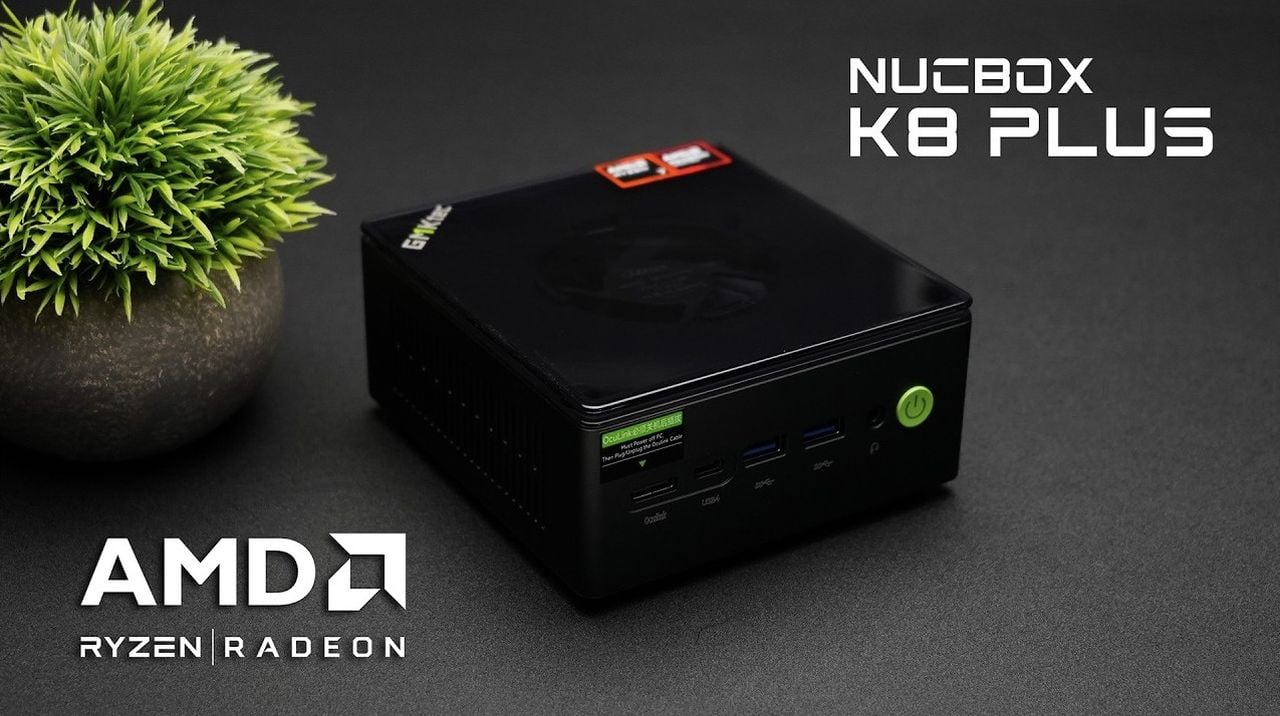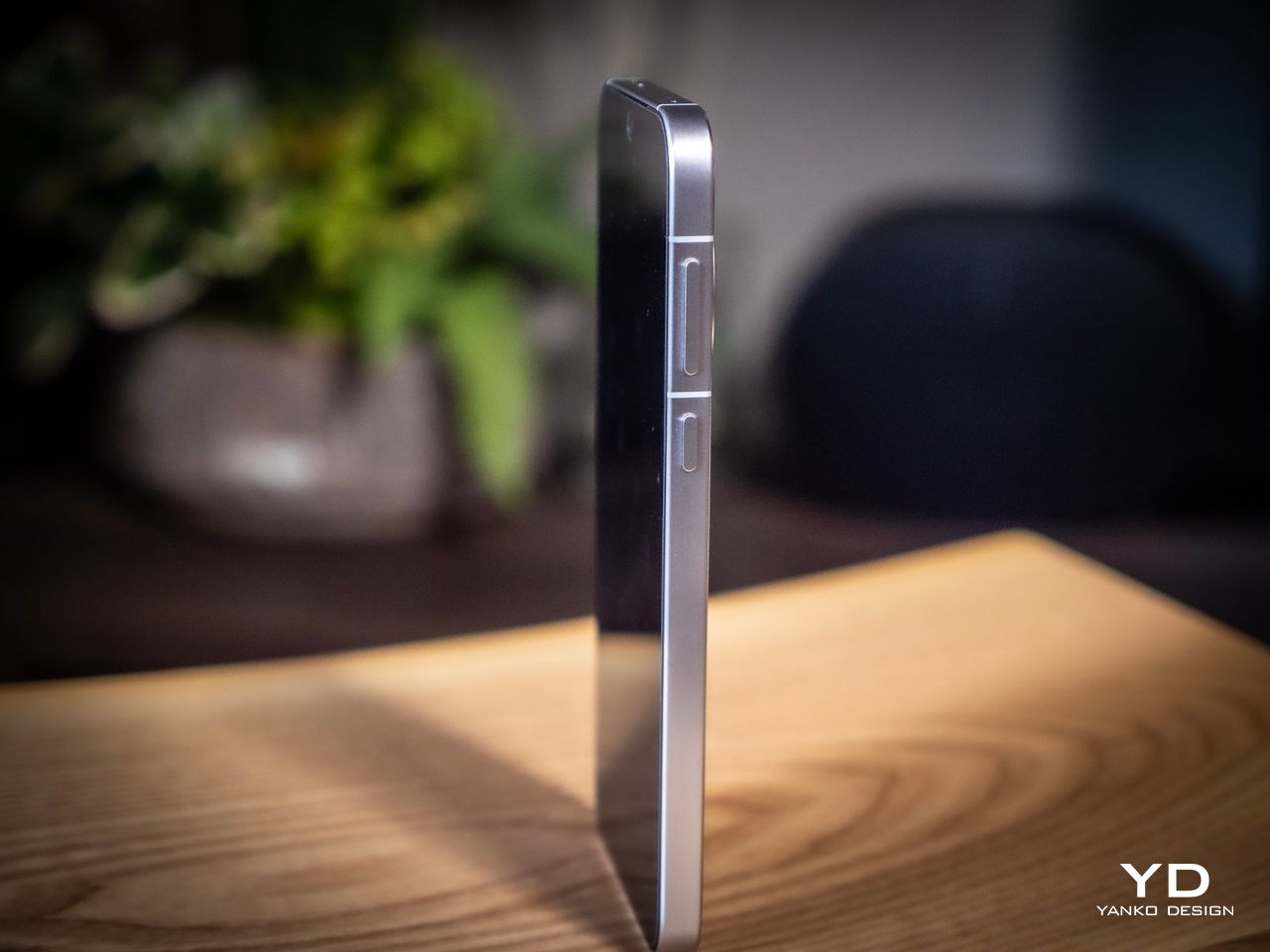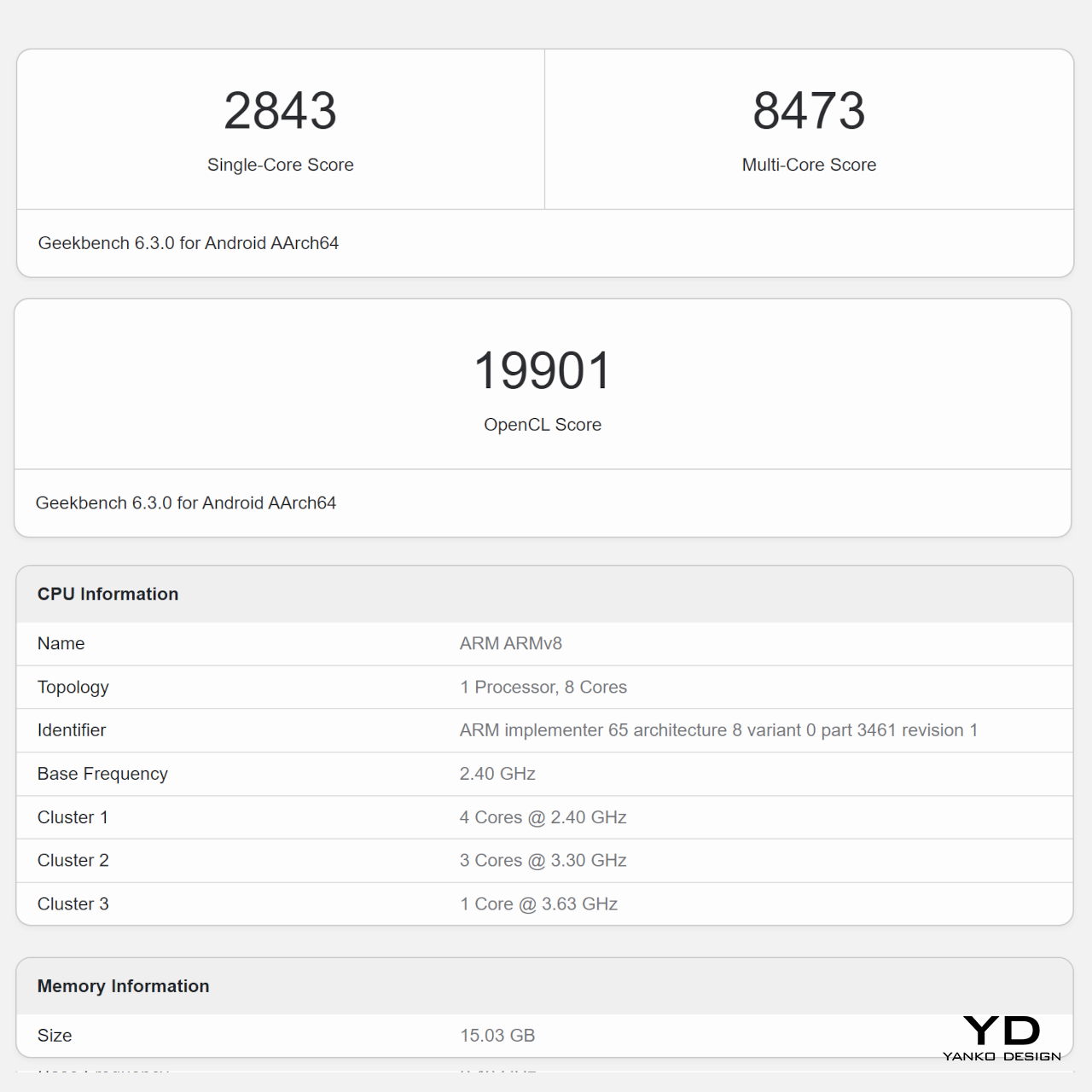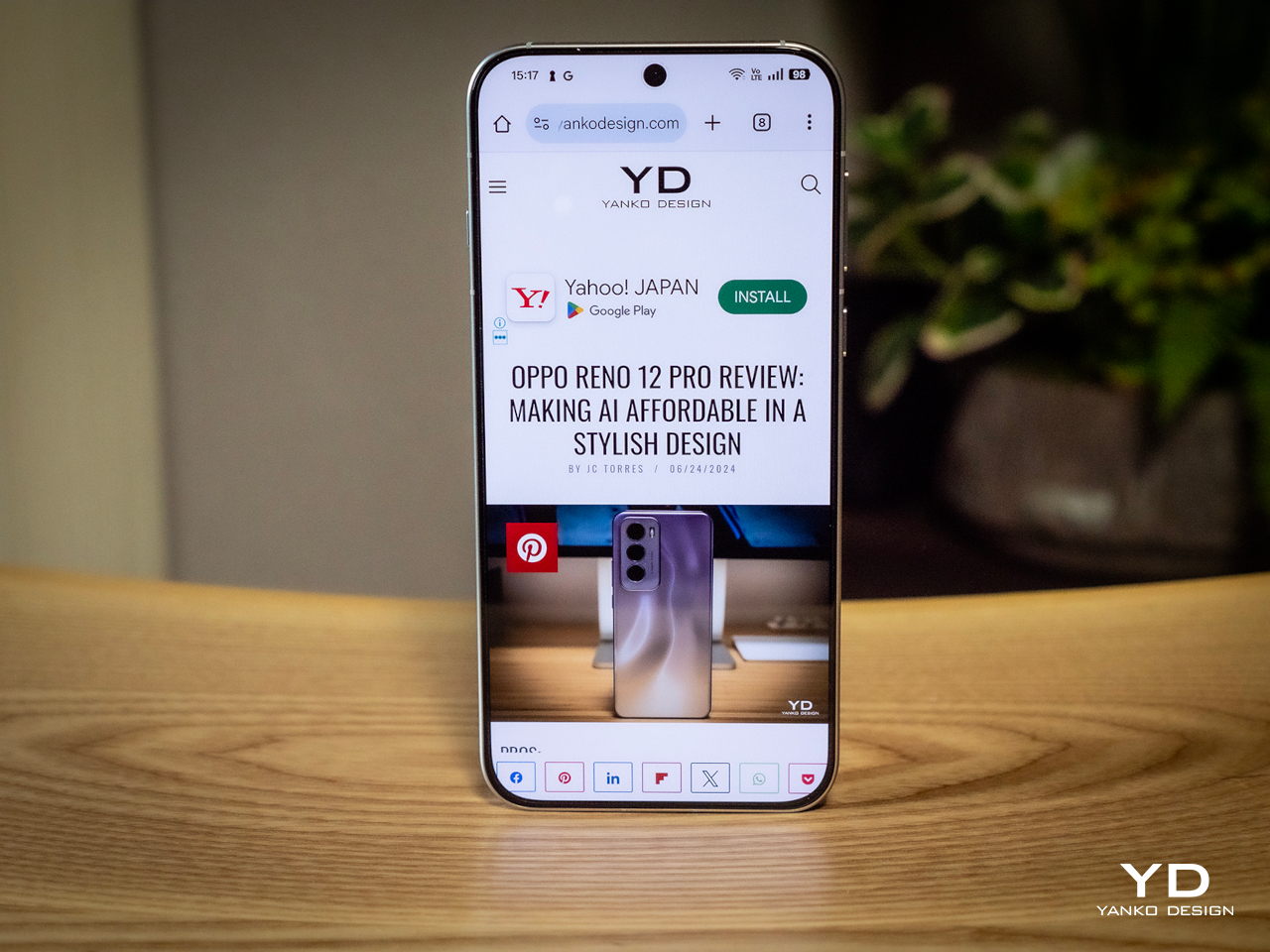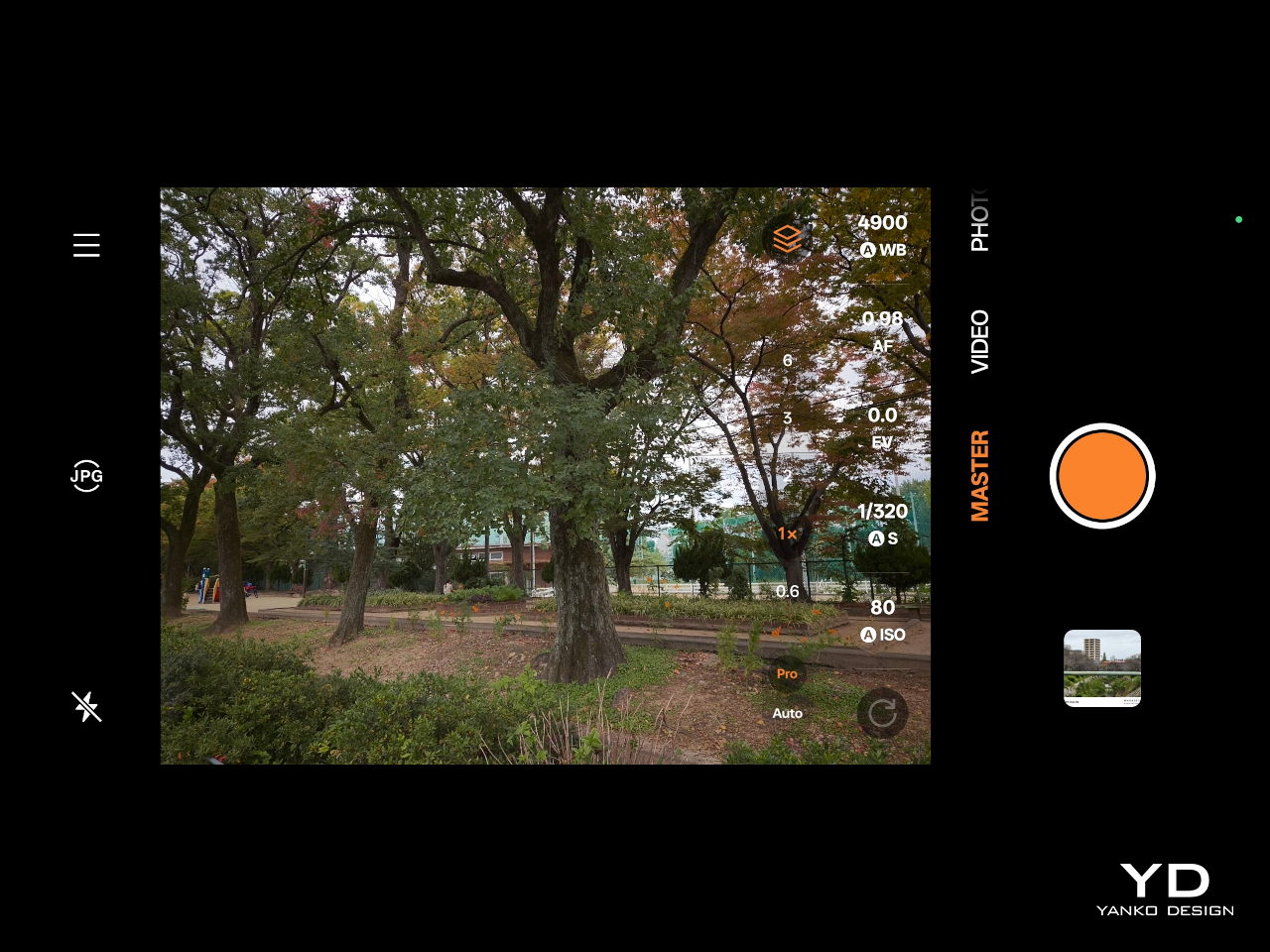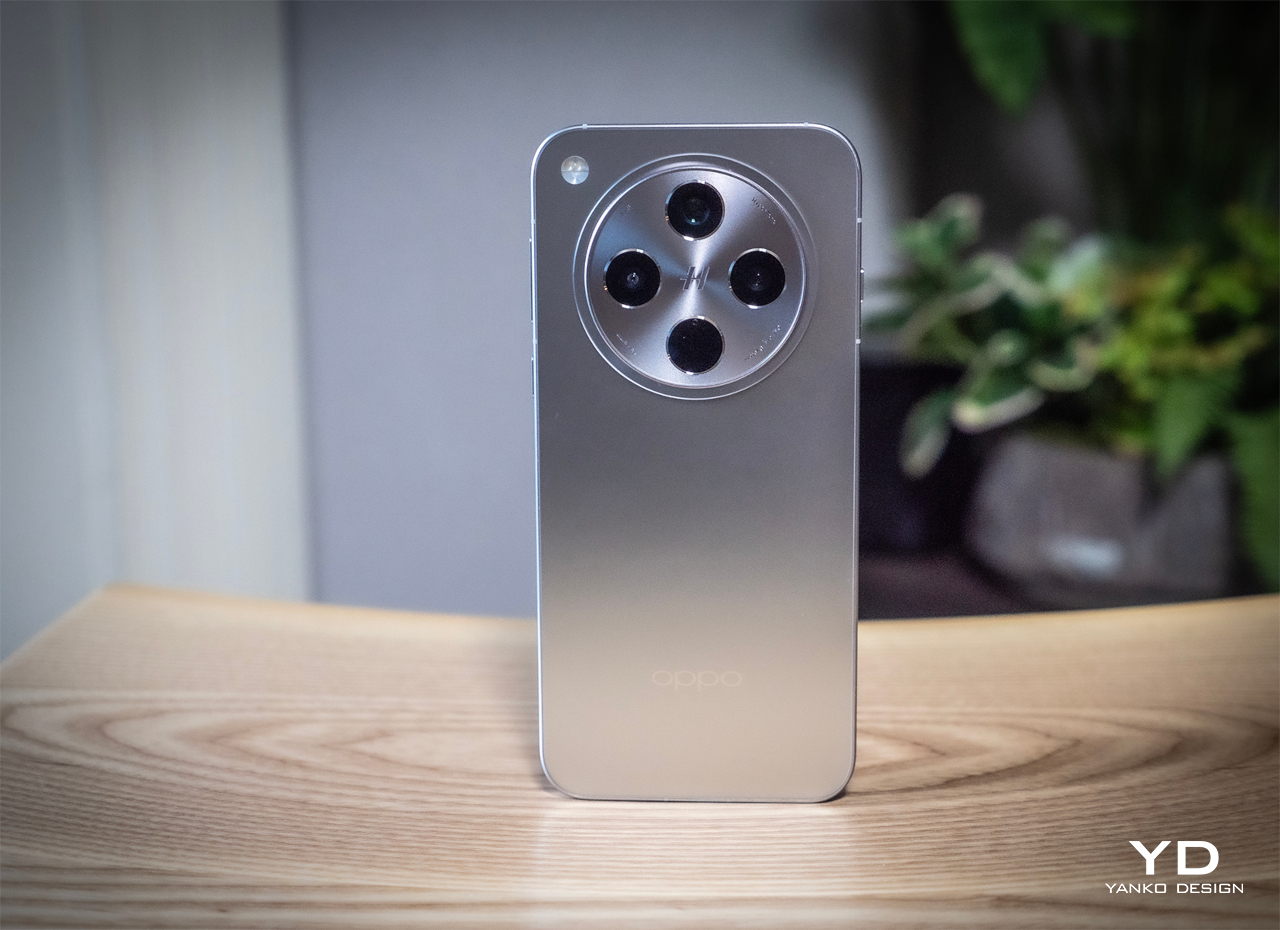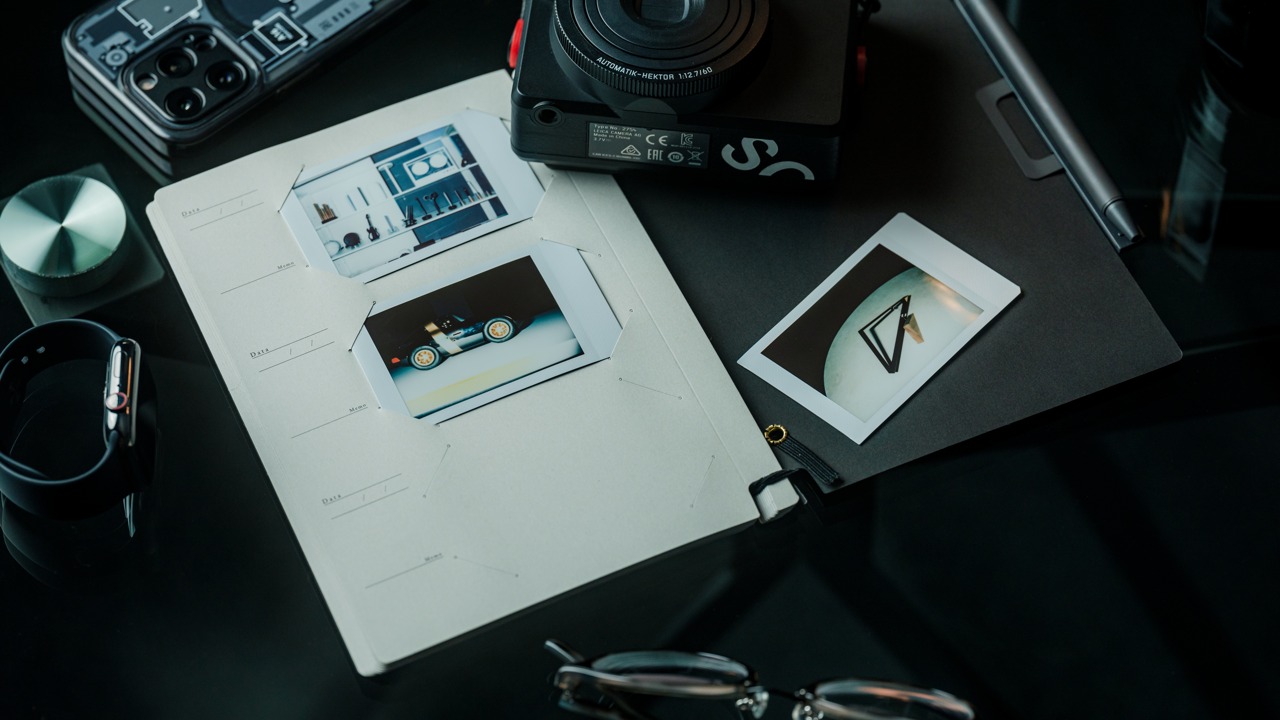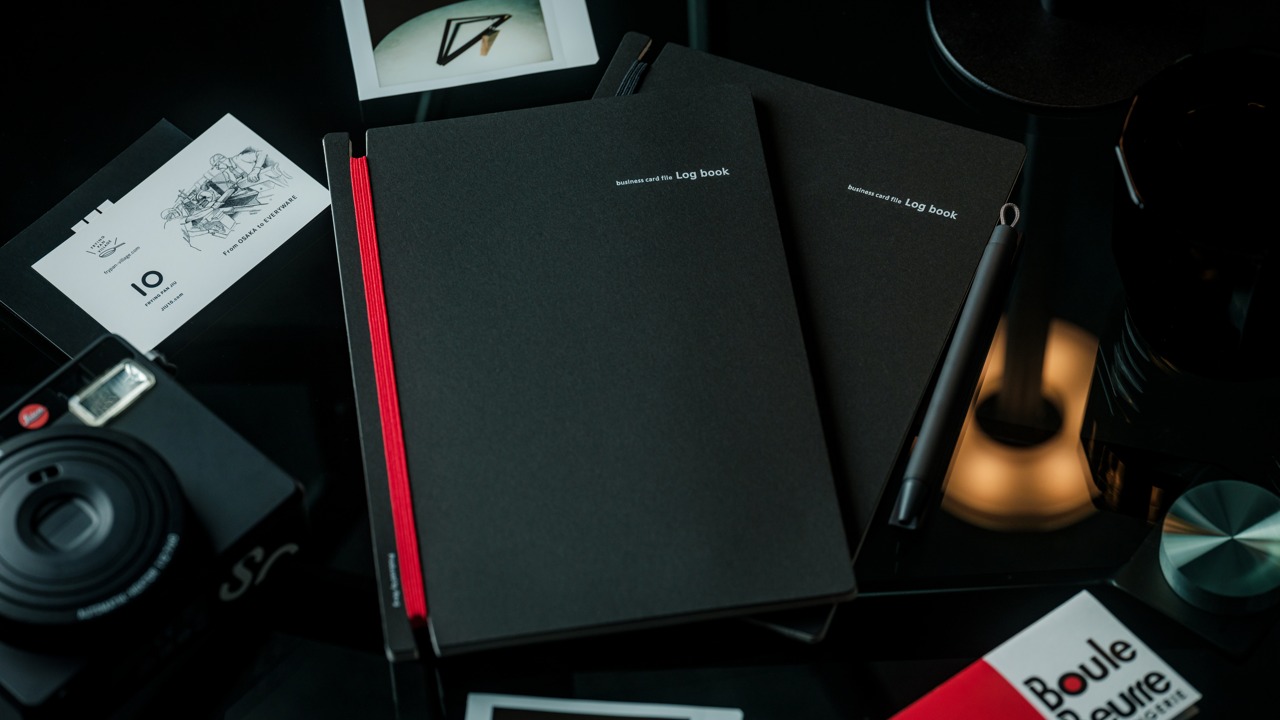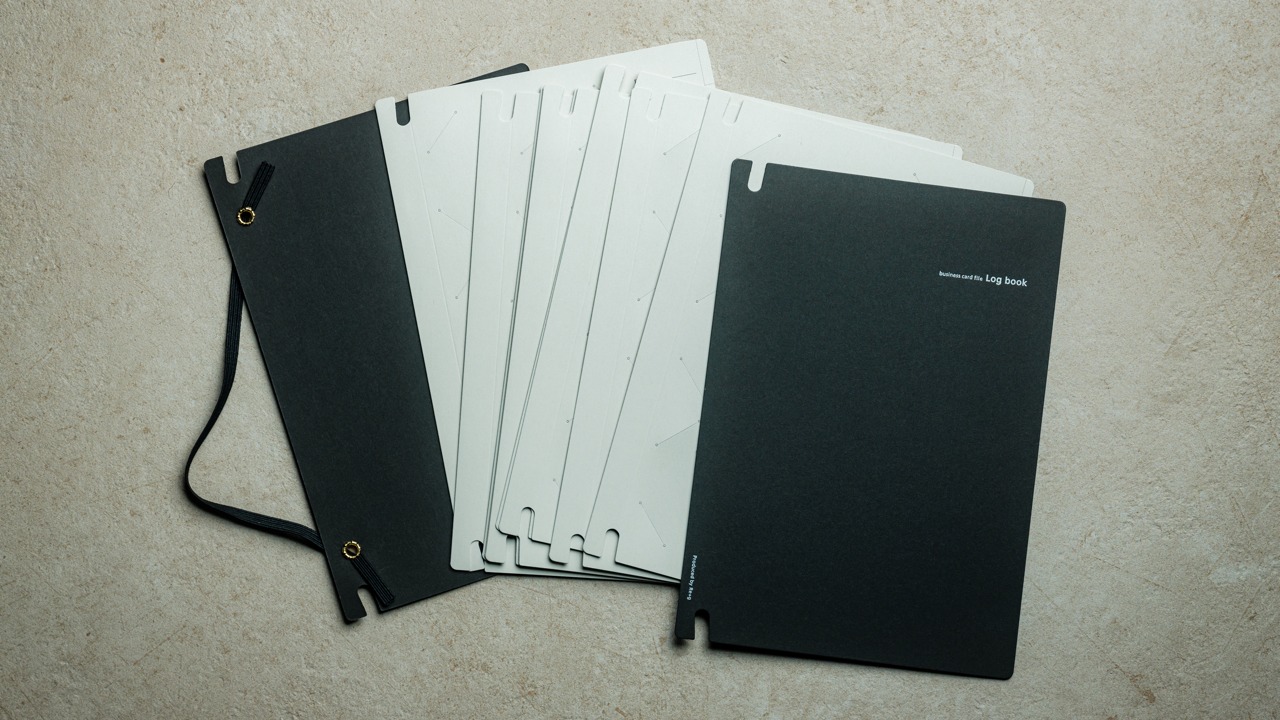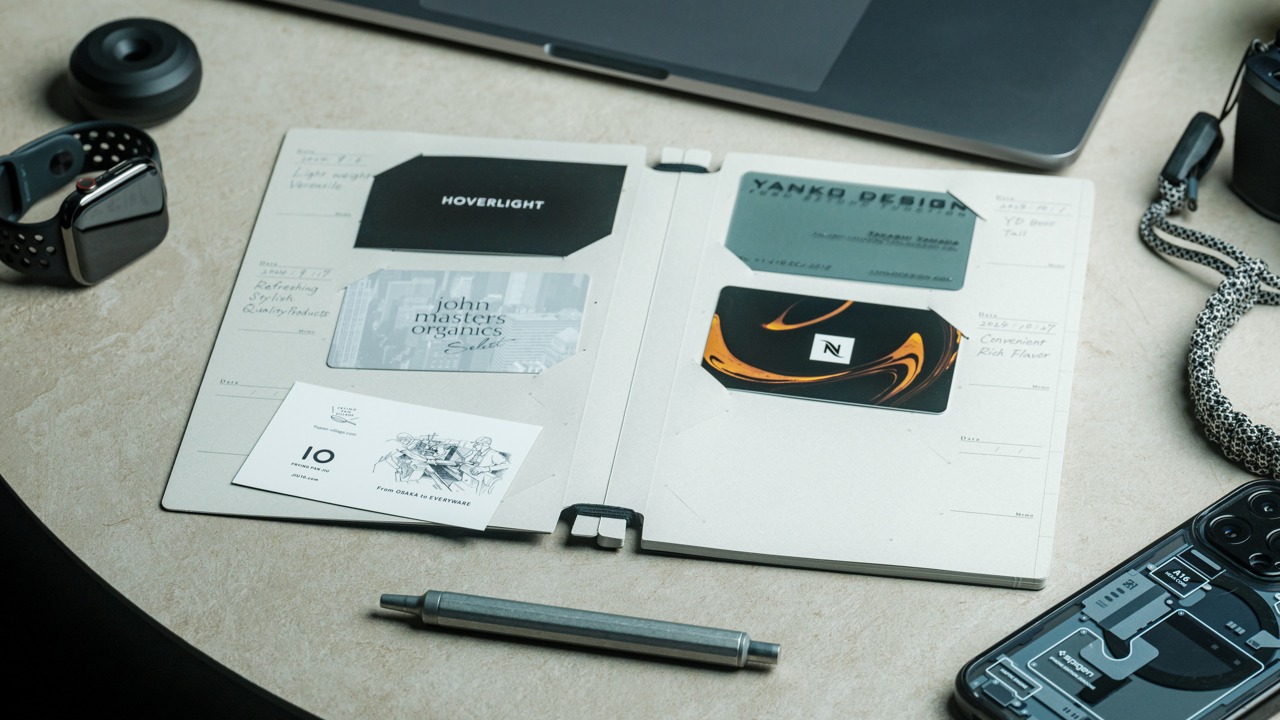
PROS:
- Impressive telephoto camera performance
- Massive 6,000mAh battery
- Bright and vibrant display
CONS:
- Complicated camera UI
- Pronounced lens flare in some conditions
RATINGS:
SUSTAINABILITY / REPAIRABILITY
EDITOR'S QUOTE:
Vivo X200 Pro offers significant value for those prioritizing advanced photography and video features
I’ve had the privilege of reviewing many phones, and although each experience is unique, few excite me as much as Vivo’s flagship X series. Having extensively used the Vivo X100 Pro as my go-to device for mobile photography, I was keen to explore the advancements in the new Vivo X200 series.
Launched in Beijing on October 14th, the series includes the X200, X200 Pro, and X200 Pro Mini. While the devices are expected to be available in other markets, Vivo has not yet revealed the details of their availability. For this review, we’ll focus on the Chinese version of the X200 Pro.
Continuing its partnership with Zeiss for the camera system, the X200 Pro aims to capture the attention of tech enthusiasts and content creators alike. In this review, we will explore the various aspects of the device, from its design and ergonomics to its performance and value, to determine how it stands against its competitors.
Designer: Vivo

Aesthetics
The Vivo X200 Pro maintains the design language of the X series with subtle yet significant changes. The most prominent design element is, of course, the camera island. Now slightly larger, it features a perfectly symmetrical design, moving away from the off-centered ‘Halo’ ring.
Branding elements have been streamlined, with ‘Vivo/Zeiss Co-engineered’ relocated to the upper camera ring, enhancing the device’s minimalist appeal. Being the Chinese version, it is devoid of CE markings, emphasizing a sleek, uninterrupted design.

Available in Sapphire Blue, Titanium Grey, Moonlight White, and Carbon Black, the device offers both glossy and matte finishes. The Sapphire Blue review unit we received, inspired by ocean waves, is visually striking but prone to fingerprints, necessitating frequent cleaning. Aside from Sapphire Blue, the other variants lean more towards understated appeals.
Ergonomics
Embracing a micro-curvature design, the Vivo X200 Pro offers a comfortable grip despite its substantial dimensions – 162.36mm in length, 75.95mm in width, and varying thickness of 8.49mm for Sapphire Blue, Titanium Grey, and Moonlight White, and 8.20mm for Carbon Black.

With the large camera island, the Vivo X200 Pro is not a lightweight phone. The Sapphire Blue, Titanium Grey, and Moonlight White variants weigh 228g, whereas the slightly thinner Carbon Black variant weighs 223g. Despite its weight, the flat frame improves grip and usability, enabling larger power and volume buttons that further enhance overall ergonomics.
The quad-curved screen allows for seamless edge swiping, improving navigation. A repositioned ultrasonic fingerprint scanner, placed about 1.6 inches (or 4 cm) from the bottom edge, facilitates a smooth transition from unlocking to usage, exemplifying Vivo’s focus on ergonomic refinement.

Performance
The Vivo X200 Pro features a sophisticated triple-camera system co-developed with Zeiss, utilizing Vivo’s own V3+ imaging chip. The primary camera is a 50MP equipped with the Sony LTY-818 sensor, featuring a 1/1.4-inch sensor size, ZEISS T* coating, an f/1.57 aperture, and Optical Image Stabilization (OIS).



While this sensor, developed in collaboration with Sony, is smaller than its predecessor’s 1-inch version, Vivo claims improvements in power efficiency and HDR performance. Photos captured with the main camera showcase excellent dynamic range, vibrant yet natural color reproduction, and accurate white balance even in low light and challenging lighting conditions.

Main, 1x

Telephoto, 230mm, 10x

Telephoto, 460mm, 20x
The 200MP ZEISS APO periscope telephoto camera is a standout feature, boasting a 1/1.4-inch sensor, the largest currently available for a periscope camera, f/2.67 aperture, OIS, and ZEISS T* coating. The telephoto offers 3.7x optical zoom and doubles as a macro camera, providing flexibility for various photographic scenarios.

Main, 23mm, 1x

Telephoto, 85mm, 3.7x

Telephoto Macro, 230mm, 10x

Telephoto Macro, 85mm, 3.7x
The photos from the telephoto camera deliver the excellence you would expect from a Vivo flagship: rich color, excellent dynamic range, and great depth. However, computational sharpening becomes pronounced beyond 10x zoom. On the other hand, thanks to the short focal distance of telephoto macro mode, you can capture impressive macro photos without needing to get close to the subject.
The portrait mode at all focal lengths – 23mm, 35mm, 85mm, and newly added 135mm- takes stunning photos in most scenarios. The telephoto portrait camera exhibits a big improvement in sharpness and detail compared to the X100 Pro.

Telephoto, Portrait, 135mm

Telephoto, Portrait, 85mm

Telephoto, Portrait, 135mm (Night)
The ultra-wide 50MP camera, equipped with a 1/2.76-inch sensor and f/2.0 aperture, completes the system. The 15mm focal length ultra-wide camera has a somewhat narrower field of view. Because the field-of-view is not very wide, I imagine people would just use the main camera unless the ultra-wide is absolutely necessary.
Photos taken with the ultra-wide lens are decent but occasionally appear overly vibrant, leading to a slightly unnatural look in some conditions. This characteristic might appeal to users who prefer vivid images, but others may find it less desirable.
Despite its strengths, some users may notice significant lens flare when photographing under bright sunlight. This is not unique to the Vivo X200 Pro, as lens flare is a common issue across many cameras, including professional ones. However, it is notably pronounced in certain conditions with this device. Vivo may address this in future software updates.


The Vivo X200 Pro can record 4K 120fps on the main and telephoto cameras, while the ultra-wide and front-facing cameras can shoot up to 4K 60fps. The main camera can also record 8K 30fps but is limited to either 1x or 2x. The phone supports 4K 60fps 10-bit Log video recording. The video footage is well-stabilized and offers great dynamic range, even in low-light conditions.

While the Vivo X200 Pro excels in mobile imaging, the camera user interface is not very intuitive and could use refinement. For instance, the photo mode carousel lets you choose between Landscape mode, Portrait mode, Photo, Video, Portrait Video, and Pro mode, but accessing the humanistic street snap camera mode requires swiping up from Photo mode. Additionally, the feature to adjust video playback speed in 1/10x increments is appreciated, yet it is somewhat hidden within the “Trim” section of the video editing UI, which could be more accessible.

Vivo’s commitment to imaging goes beyond its camera system and extends to the display as well. The Vivo X200 Pro boasts a 6.78-inch AMOLED display that supports LTPO (0.1 to 120Hz). With a resolution of 2800 x 1260, a peak brightness of 4,500 nits, and a pixel density of 452 ppi, the display delivers exceptional clarity and vibrant colors in all lighting conditions. The display’s 2,160Hz PWM dimming feature aims to reduce eye strain, while the quad-curved design enhances aesthetics and ergonomics.

A 6,000mAh battery powers the device, providing ample energy for extended usage. The phone supports 90W wired charging for rapid power replenishment, as well as 30W wireless charging for added convenience. These features ensure that the device remains ready for prolonged use.

The device features MediaTek’s newest 3nm chip, the Dimensity 9400, coupled with LPDDR5X RAM of up to 16GB and UFS4.0 storage of up to 1TB. The Chinese version of the Vivo X200 Pro comes with OriginOS 5 and Android 15 right out of the box. This is particularly impressive, as the Pixel 9 series had not yet received the Android 15 update at the time of the X200 Pro’s release.
Sustainability
The Vivo X200 Pro incorporates features aimed at enhancing durability and longevity, reflecting a partial commitment to sustainability. An IP68 rating offers significant resistance to dust and water, helping to protect its internal components. The durable glass has an improved drop resistance, according to Vivo, potentially reducing the need for frequent repairs or replacements due to accidental damage.

While these features contribute to the device’s durability, there is room for improvement in overall sustainability. Vivo could consider using recycled materials in the device’s construction to better align with environmentally friendly practices. Overall, while the Vivo X200 Pro demonstrates some commitment to durability, enhancing sustainability efforts could provide additional value to eco-conscious consumers.
Value
The Vivo X200 Pro is positioned as a flagship device, offering a range of advanced features and robust performance. In terms of pricing, the Chinese version of the Vivo X200 Pro starts at 4,299 yuan (approximately $590 USD) for the 12GB+256GB configuration and goes up to 5,499 yuan (approximately $770 USD) for the 16GB+1TB configuration. This pricing places the device competitively within the flagship smartphone market, providing a compelling blend of cutting-edge technology and features at a relatively accessible price point.

Of course, we have to wait to see if Vivo maintains this competitive pricing for markets outside of China. Although the Vivo X200 Pro may not seem like a huge leap from the X100 Pro in terms of camera performance, for users looking to extend their telephoto reach, the Vivo X200 Pro’s advanced zoom capabilities make it an attractive upgrade.
Verdict
The Vivo X200 Pro is a standout in the flagship smartphone market, thanks to its advanced camera system co-developed with Zeiss. With versatile focal lengths, including a new 135mm option for portrait mode, and telephoto macro capabilities, it caters to mobile photography enthusiasts seeking creativity and flexibility in capturing stunning images. The vibrant 6.78-inch LTPO AMOLED display, a large and powerful battery, and the latest MediaTek Dimensity 9400 enhance the user experience for extended usage.

Competitively priced, the Vivo X200 Pro offers significant value for those prioritizing advanced photography and video features. Minor UI and ergonomic improvements could further solidify its position as a leader in mobile technology. Overall, the X200 Pro is an excellent choice for users seeking a high-performance smartphone with exceptional camera capabilities.
The post Vivo X200 Pro Review: A Flagship Reaching Further in Mobile Photography first appeared on Yanko Design.
